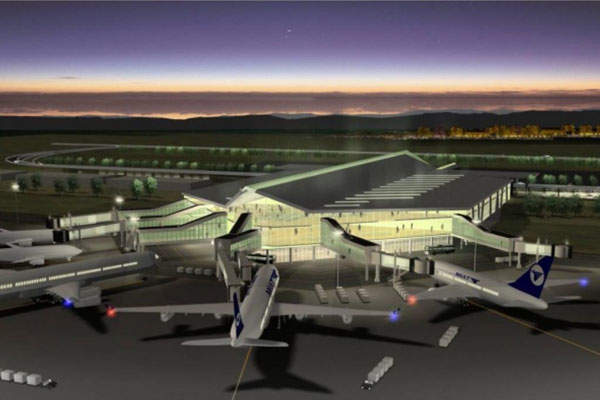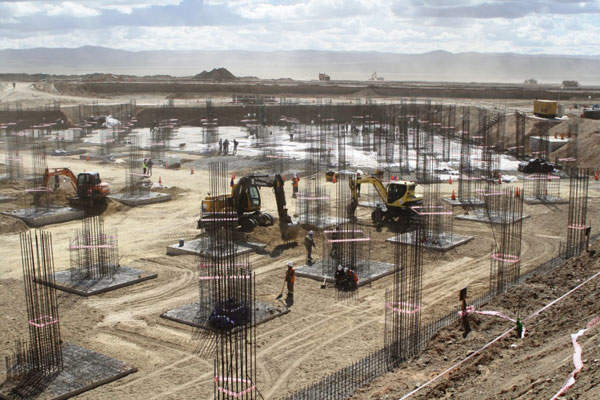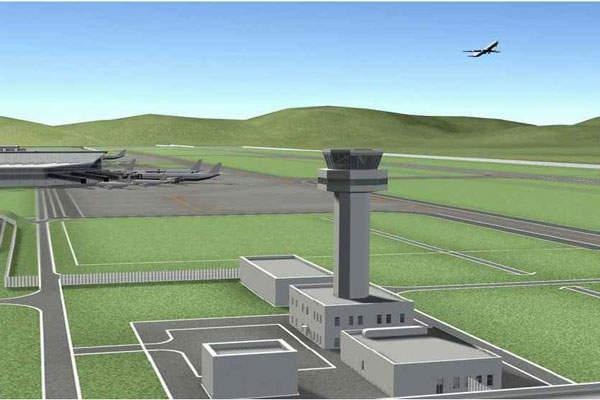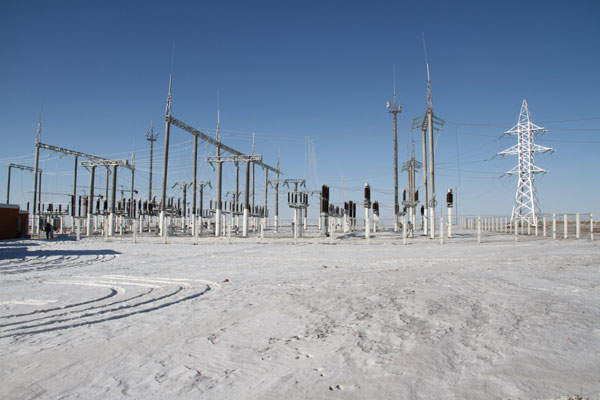The New Ulaanbaatar International Airport (NUBIA) is being constructed at Khushigt Valley in Tuv Province, around 50km south of Mongolia’s capital city Ulaanbaatar.
Also known as Khöshig Valley Airport, construction started in May 2013. It was scheduled for completion by the end of 2016, but delays have extended this to first half of 2020.
The airport will be capable of handling approximately three million passengers a year. New infrastructure and reserved land will enable future expansions to serve an estimated 12 million passengers a year.
NUBIA is being constructed by a joint venture (JV) of Mitsubishi Corporation and Chiyoda Corporation, and will be operated by the Civil Aviation Authority of Mongolia (CAAM). It will meet all the requirements of the International Civil Aviation Organization (ICAO).
NUBIA entered a 15-year concession agreement with the National Development Agency of Mongolia in July 2019 for the operation of the airport.
Purpose of the new international airport at Ulaanbaatar
Also known as Ulaanbaatar International Airport (UBIA), the existing Chinggis Khaan International Airport is one of the largest in Mongolia, serving eight international airlines.
It has a short runway, which can only be accessed from one direction due to the surrounding mountains.
The airport’s existing terminal is inadequate to meet anticipated passenger growth, and adverse conditions during the winter season often lead to flight delays and cancellations. Its existing facilities would have required a major upgrade to meet ICAO standards, which was considered highly uneconomical and would have adverse environmental impacts.
The Mongolian Government decided to construct NUBIA in 2007 to replace UBIA and act as a hub for both international and domestic passengers.
NUBIA project and construction details
The NUBIA project will involve construction of 30 buildings, including a three-storey 37,000m² passenger terminal, an air traffic control (ATC) tower, an operations building, and a 3,600m-long and 45m-wide concrete runway.
The runway’s construction will involve moving approximately three million cubic metres of earth.
A 3,339m-long and 23m-wide parallel taxiway, two rapid taxiways, and three exit taxiways will be also constructed.
The earthquake-resistant ATC tower will be 38m tall and cover a site area of 474m². The tower will be capable of withstanding a 9.0 magnitude earthquake. Its construction was started in September 2013.
NUBIA will be equipped with a variety of air navigation systems, including aeronautical ground lighting, radio navigation, aeronautical telecommunication, and aviation meteorological systems.
The JV constructing the airport will also install information technology (IT), ATC, and aircraft fuel hydrant systems at the airport. Other support facilities such as fire stations, water and sewage plants, substations, sheds, and heating plants will also be constructed.
Powering the airport
A 110/10kV power substation located at the Khushigiin Khundii valley became operational in January 2014.
It will supply power for the NUBIA project through an 110kW electricity distribution line connected to the National Electricity Transmission Grid, which was laid prior to the commissioning of the substation.
A second substation at the project site will provide further power. The new power station will have access to the Songinyn Power Sub-Plant.
Road infrastructure
The new airport will be connected to the Ulaanbaatar city by a 37.7km roadway system.
A 13.7km highway will also be constructed between Yarmag Bridge and Nisekh Checkpoint using the Ulaanbaatar City Fund to provide easier access to the new airport.
Financing for Mongolia’s new airport project
“The Japan Bank for International Cooperation (JBIC) provided a loan of CNY28.8bn.”
The NUBIA project is estimated to cost CNY65.6bn ($648m). The Japan Bank for International Cooperation (JBIC) provided a loan of CNY28.8bn ($284.55m) for the project in May 2008.
The soft-loan will be paid back within the next 40 years by the Government of Mongolia by setting aside 10% of its annual budget.
Contractors involved with the Mongolian airport project
Oriental Consultants and Azüsa Sekkei performed feasibility studies and detailed design studies for the project. Oriental Consultants is currently providing construction supervision and defect liability services.
Samsung C&T Corporation is the general assistant executor, while 11 Mongolian companies are assisting construction.
Sungdo Construction was contracted for the concrete paving work, while Wirtgen is supplying the concrete.
A consortium of ERA and ACH Holding was contracted to supply and install a multi-lateration system for surface surveillance of aircraft and vehicles at the airport.
NBIK was one of the main power suppliers for the project.






